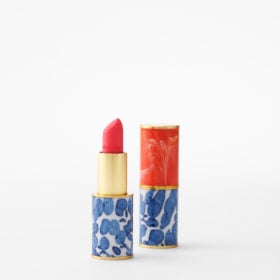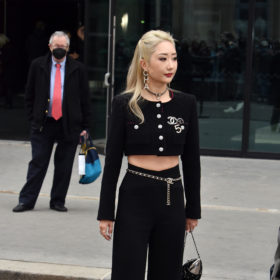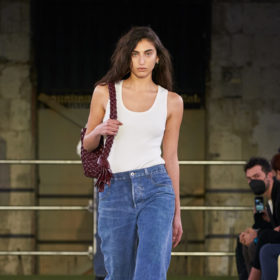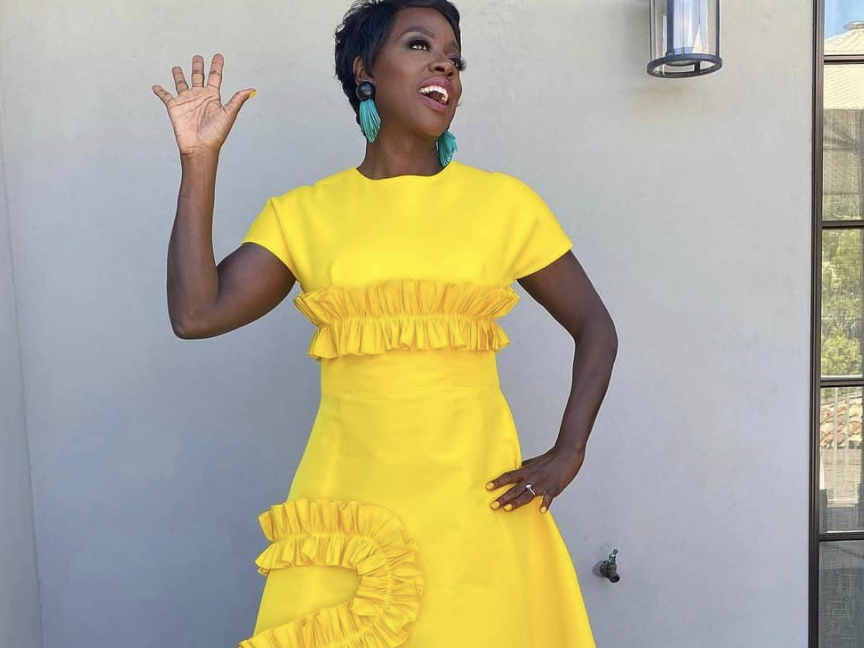
April 26, 2021 at 11:25PM
Though the winners throughout the 2021 Oscars spoke to a sea change in terms of the scope of talent being nurtured in Hollywood and beyond, when it came to the “most watched runway” in the world, the momentum of progress seemed to stop in its tracks.
Many fashion insiders and fans alike were hoping to see names like Christopher John Rogers (a current semi-finalist for the LVMH Prize and 2019’s winner of the CFDA/Vogue Fashion Fund), Sergio Hudson (who outfitted Michelle Obama for January’s U.S. presidential inauguration festivities) and Claude Kameni (whose designs were worn by Viola Davis for the most recent Golden Globes) get checked when “What are you wearing?” was asked on the red carpet. But the labels that largely appeared were disappointingly the industry heavy-hitters — predominantly lead by white designers — that we’re used to. Valentino (worn by both Zendaya and Carey Mulligan), Chanel, Armani Privé — the usual suspects were front-and-centre and with few notable exceptions, including outlier Louis Vuitton creative director, Virgil Abloh, and gala ’fit mainstay, Vera Wang. Not many opportunities were given to creatives of colour and it left many of us scratching our heads as to why.
Here, three Canadian fashion experts — designer Kirk Pickersgill of Greta Constantine (a brand he co-founded with Stephen Wong, which Davis has rocked several times for major events), stylist Tricia Hall, and on-air fashion expert Chanda “CeeCee” Chilanga — break down the ins-and-outs of celebrity styling, what needs to change and how it can be done. (Spoiler alert: consumers can help move the dial!)
View this post on Instagram
Relationship status is key
ADVERTISEMENT
ADVERTISEMENTKate Spade Autumn/Winter Sale |
A celebrity is just one person, Chilanga points out. Just as she doesn’t have a brand directory in her own mind, stars can’t know everything themselves; they rely on a team of experts to get them ready for their close-ups. And true to all aspects of what goes on behind-the-scenes, having diversity in key roles within a glam squad is crucial in terms of levelling the playing field for designers who aren’t as visible as established luxury brands. “You need diversity on the team of the celebrity,” Chilanga affirms. “And diversity isn’t just about race. It’s background, the way the person thinks, and what they bring to the table.”
She adds that there are many online resources anyone can use these days to familiarize themselves with brands owned by people of colour in particular, including the Black Designers of Canada site and Afro Social Centric, a site Chilanga co-founded. “People can’t say these brands don’t exist,” she notes. “So, it’s about trying to figure out what the disconnect is and how it can change.”
Yet it’s not simply up to stylists in terms of directing a talent’s eye towards fresh or overlooked design creatives. “It can’t just be up to the celebrity’s team alone,” Chilanga says. “[This information] can also come down from movie makers, and who’s on a wardrobe team.” Speaking to this point, in a conversation with FASHION, Gossip Girl star Jordan Alexander said she learned about Christopher John Rogers through working on the fashion-forward television show.
Pickersgill says that it’s also on brands to position themselves in front of key decision makers. “Once our collection is designed and photographed, our celebrity/VIP team in Los Angeles begins their work by circulating look books and opening dialogues with stylists,” he says; in the case of Davis, she works with Elizabeth Stewart — mega-stylist to other names like Amanda Seyfried and Laura Dern as well. “It’s important to remember that these relationships, like all relationships, take time to develop. When a stylist presents options to their client, they are attesting to the quality, design, and craftsmanship of each and every garment and accessory. There is a risk incurred on their part that a given style is produced of a poorer quality fabrication or features a fit issue; this is why trust is such a key factor.
“We’ve learned to celebrate the little wins, like when a stylist that previously did not consider a brand for an actor is now reviewing the collection and pulling pieces. It may not be red carpet placement, but it’s a pivotal stepping stone to arrive at that destination. Like with any showroom, employee, or agency you work with, if that partnership is to endure, it’s best treated as a marriage. You will celebrate the highest of highs together and also support one another during the countless lows. If your work together is conditional, it will simply not last. And like a successful marriage, the relationship demands loyalty, trust, and respect.”
View this post on Instagram
Access, as always, is often a question of (financial) resources. The brand’s, that is.
How a brand gets on anyone’s radar isn’t based on persistence and bond-building alone, though. Because — are you ready for this? Money talks. Being able to pay-to-play means many things, however. Even if a label isn’t giving financial support to a celebrity or their team, to enter the orbit of stardom means being able to afford any and all of these things: a publicist; a showroom agent; amazing teams to shoot look books and campaigns; a great courier service; an abundance of high-quality materials for sample sets; wide sample variety in terms of size, scope and location; a talented, and big, production team (especially one that can also make last-minute miracles happen!) — and more.
“We’re very fortunate to have developed relationships with a number of stylists that continue to seek out the brand when dressing their client,” says Pickersgill of Greta Constantine’s decade-plus of red carpet appearances. “However, it cannot be overstated that so many of these connections have been cultivated by the work of the Alta Moda Communications team in Los Angeles. Brooke Pace, and her team of Ashley and Arielle, are impeccably skilled. They must also contend with the fact that we currently produce a single sample set that must be shared between production, wholesale, retail, editorial, and celebrity. The fact that they can then prioritize certain looks and particular opportunities has made the entire process all the more seamless, especially in the context of nurturing these relationships without sacrificing others.”
The more easily a designer can get a broad, and tweak-able, range of their pieces in front of a star, the better chance they have of getting a turn in front of a step-and-repeat. Instead of being able to envision such dreams manifested, those without such deep pockets “see a wall,” Chilanga says. “A very high wall that they don’t know how to climb — that they don’t know how to get to the other side of.” Which is why exposure at high-profile events, much more so than any runway fashion show because of capacity and awareness, is ultimately so helpful to brands — both existing and those to come. And if a brand’s well-entrenched in the fashion industry, they’re ostensibly better able to secure a celebrity’s consideration for a big night out.
“I haven’t experienced it professionally,” divulges Hall about event dressing around the globe — and the reported financial incentives that can come along with it. “But I do know that some brands will offer to pay the stylist if their celeb wears said designer. And if a [star] has an advertisement contract with a label, even if it’s with their perfume, makeup or eyewear division, they often will appear head-to-toe in that designer [at events].”
“Be open to newness, even if that newness doesn’t come with a price tag,” Chilanga notes, addressing the red carpet economy and how seeing “themselves” reflected on the runway can impact next-generation fashion talent. “Like any industry in the world, it’s a case of ‘If they got there, I can get there,’” says Chilanga. Importantly, she adds that this doesn’t just come from one’s work being memorialized on a red carpet, but also from brands that have broken through the wall sharing their story with fledgling creatives. “Those who are there need to show how they got there. It’s not an obligation, but it would be nice if they did.”
View this post on Instagram
ADVERTISEMENT
ADVERTISEMENTSports Direct Free Delivery on All Orders! |
Finding the right fit is done in more ways than one
Once a brand breaks through the gates, there’s still more work to be done before a stylist sends their client to an event in their wares. For travel-based gala opportunities in particular, a stylist could be working with a star for the first time — which means a learning curve’s ahead.
“If it’s someone new to me, I’ll have a look through their social media and any pictures I can find online from other events to get an idea of their style, as well as to take a close look at their proportions and features,” says Hall. “Paying attention to body type will help in pulling the right clothing that fits and flatters their frame best.”
But a thrilling silhouette is just one consideration for a celebrity when selecting red carpet attire. “A celeb is a brand,” says Chilanga. “It’s more than just their physical image; they represent something, so they want to know that they’re wearing something that’s aligned with who they are and their values.”
For example, it’s been captivating to watch Davis don looks from a variety of Black-owned brands this awards season; and in fact, it added even more intrigue to her Alexander McQueen ensemble because of its unexpectedness. “I can’t fault Viola, but in the same breath, is everyone else thinking about diversifying their wardrobe in the same way?” ponders Chilanga. “Like, today you’re going to serve us a bit of Prada, tomorrow a bit of somebody else.”
Hall echoes the notion that keeping the public guessing — and the stylist as well — is one of the more pleasurable elements of the process. “Some celebs can be a blank canvas and put all their trust in you to pull something amazing,” she says. “Those [jobs] are always fun.”
View this post on Instagram
Championing equity shouldn’t fall on members of certain communities alone
Whether it’s what Voila Davis, Angela Bassett or Chloé Zhao is wearing, however, it’s not just up to people of colour to embody diversity. “Everybody should wear what they want, and the conversation should come down to the fact that it’s not up to that person, whatever race they may be, to be the champion of their race,” says Chilanga. “It’s about everybody else getting involved, too.”
Indeed, meaningful change is just that only when it’s collective — otherwise spaces become echo chambers instead of amplifiers. “We hope that the light [Viola] has shown will motivate others to do the same. At the end of the day, there is nothing more beautiful than an individual using their platform to not only look [good] but for good.” And that means you too, shoppers. Consumers can choose to invest in these brands with their likes and their dollars; these assets can then be parlayed into brand’s having the necessary resources to court those celebrities.
View this post on Instagram
The future can look bright
“You can’t call it the ‘world stage’ if it doesn’t represent who makes up the world,” Chilanga says. And really, that’s the heart of the matter here. There’s potential to be unleashed in regards to red carpet renown, particularly for brands founded and overseen by creatives of colour from all corners of the globe. At the very least, think of the icon-making ability a celebrity sighting can afford a designer. (Name a pair more synonymous than Cher and Bob Mackie — I’ll wait.)
Chilanga says that the boost of being worn to the Oscars would be paramount for a brand like Marmar Halim, a semi-couture label from Dubai; an elegant dress from the brand was worn last night by Best Supporting Actress winner, Minari’s Youn Yuh-jong. And it extends by any future sales spun from such an elevated endorsement. There’s also the broader presentation of dynamic perspectives when you open up this playing field of dreams, from sartorial choices to community pride.
“My favourite red carpet look from awards season so far would have to be Nicco Annan at the NAACP Image awards in his custom Kamsi TCharles suit,” says Hall. “The brown of the suit completed his brown skin, the shawl collar detail, the one-button off side closure, and the floral sleeves! I love how he accessorized it with no shirt, a gold chain and boots in the same tone as the suit. That look was everything and is the perfect example of taking a chance on the red carpet. I’d love to see the same from non-Black celebrities, too.”
ADVERTISEMENT
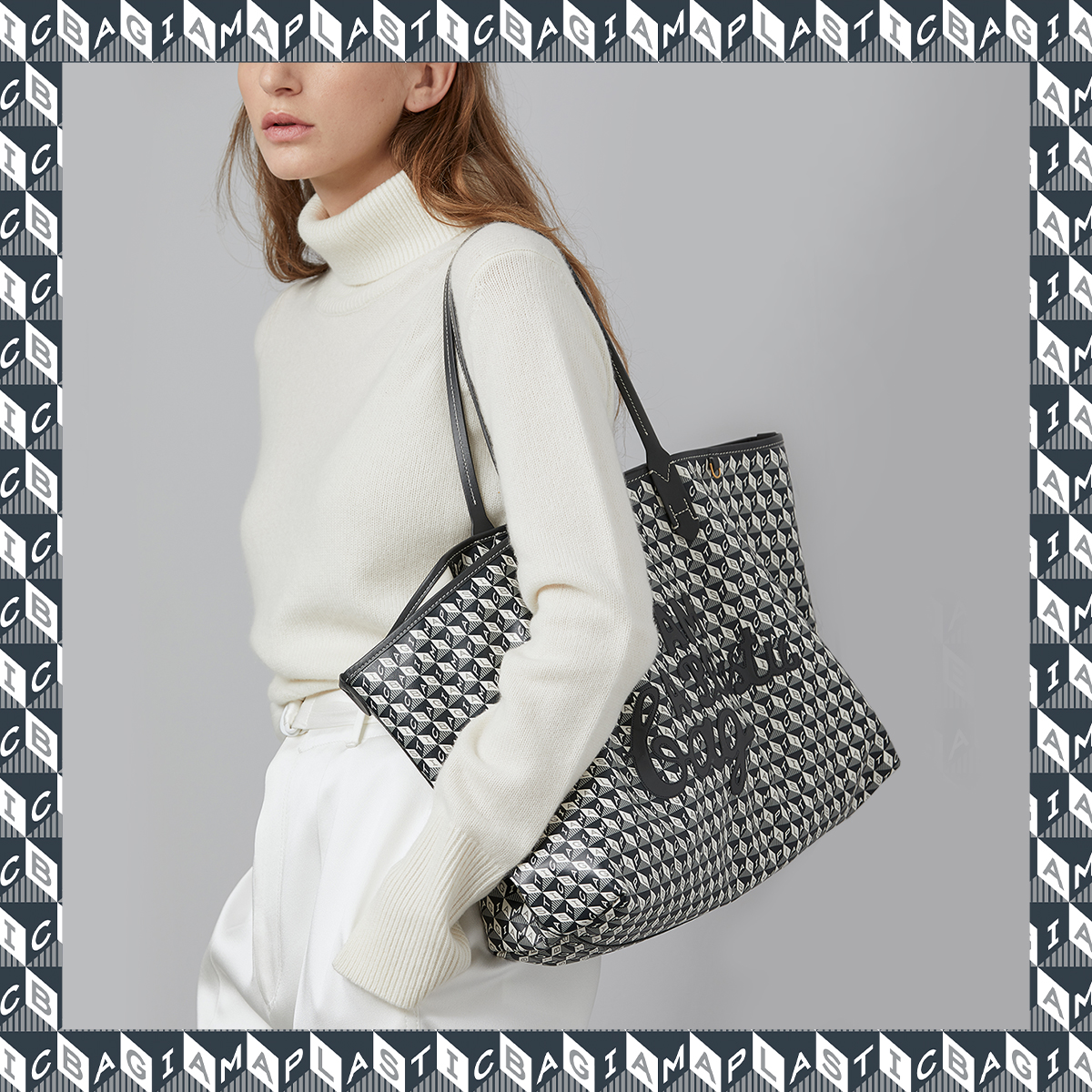
ADVERTISEMENT
Anya Hindmarch - I AM A PLASTIC BAG“I loved when Angela Bassett wore Mangishi Doll,” enthuses Chilanga. “I’m Zambian, so I noticed that.” Given the chance to style a celebrity for an event like the Oscars, when put on the spot, Chlianga chooses an option in her own backyard. “I’d love to put Daniel Kaluuya in Rhowan James, a Toronto brand,” she says. “His pieces are very stand-out and I feel like Daniel could pull it off.”
The post Why Does the Red Carpet Still Have a Diversity Problem? appeared first on FASHION Magazine.
Read More Fashion News
Author Odessa Paloma Parker | Fashion Magazine
Selected by CWC
ADVERTISEMENT
ADVERTISEMENTUp to 30% off Gift Sets |




